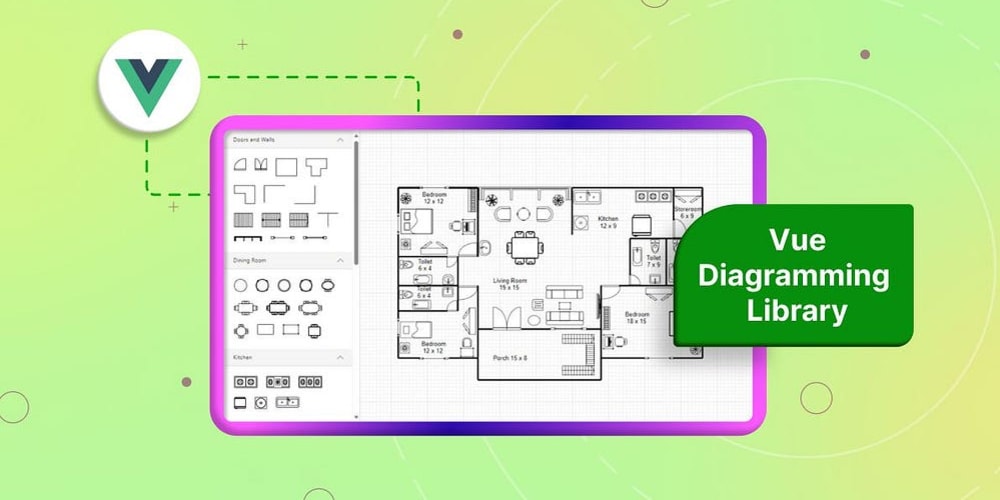Introduction
In the evolving landscape of computer science, the Instruction Set Architecture (ISA) stands as a fundamental component that bridges software and hardware functionalities. Understanding ISA is crucial for developers, computer engineers, and any tech enthusiasts aiming to grasp how computers operate at a fundamental level. This article delves into what ISA is, its different types, and the profound impact it has on computing.
What is an Instruction Set Architecture (ISA)?
An Instruction Set Architecture (ISA) is the part of the processor architecture related to programming, including the native data types, instructions, registers, addressing modes, memory architecture, interrupt and exception handling, and external I/O. Essentially, an ISA provides a blueprint that describes how software controls the hardware to perform computations.
The Role of ISA in System Design
ISA serves as a critical interface between software and hardware. It defines how instructions are processed, how data is organized in memory, and how software controls the processor's behavior. This specification ensures that any software written for a particular ISA can run on any hardware supporting that ISA, making it indispensable for system design and software development.
Types of ISA
Complex Instruction Set Computer (CISC): CISC designs are known for having a rich set of instructions, aiming to accomplish tasks in as few lines of code as possible, typically used in personal computers.
Reduced Instruction Set Computer (RISC): RISC architectures simplify the processor design by using fewer, simpler instructions. RISC chips are found in smartphones and tablets where power efficiency is crucial.
Very Long Instruction Word (VLIW): In VLIW architectures, multiple operations are encoded in a single instruction. This type is used in specialized applications where predictable execution timing is necessary.
Explicitly Parallel Instruction Computing (EPIC): Used primarily in high-end computing systems, EPIC allows software to explicitly control multiple operations that can be performed in parallel.
Significance of ISA in Computer Science
The significance of ISA in computer science cannot be overstated:
Software-Hardware Compatibility: ISA ensures that software can work on any hardware that is designed for that set of instructions. This compatibility is crucial for the functionality of broad and varied applications across different hardware platforms.
Performance Optimization: Different ISAs can dramatically affect the performance of the software. Choosing the right ISA can optimize the efficiency of applications, especially in resource-constrained environments.
Innovation in Processor Design: ISA influences the design and development of new processors. With the advent of AI and machine learning, there is a growing need for ISAs that can handle parallel processing and vector instructions efficiently.
Educational Tool: Learning about ISA helps students and professionals understand the critical aspects of computational theory and practice, laying a foundation for future innovations.
The Future of ISA
The future of ISA is dynamic and promising. With technological advancements, there is a continuous evolution towards more specialized and performance-optimized ISAs. For instance, the rise of quantum computing and AI has led to the development of ISAs that can handle quantum bits and machine learning algorithms more efficiently.
The development of open ISA standards like RISC-V suggests a shift towards more customizable and open-source architectures, which could democratize the way processors are designed and implemented.
Conclusion
The Instruction Set Architecture is a cornerstone of computer technology, forming the nexus between software programming and hardware execution. As the digital landscape becomes more complex, the role of ISA in enabling new technologies and optimizing performance will be more significant than ever. Understanding ISA not only aids in better system design but also propels innovation across various sectors of technology.



















